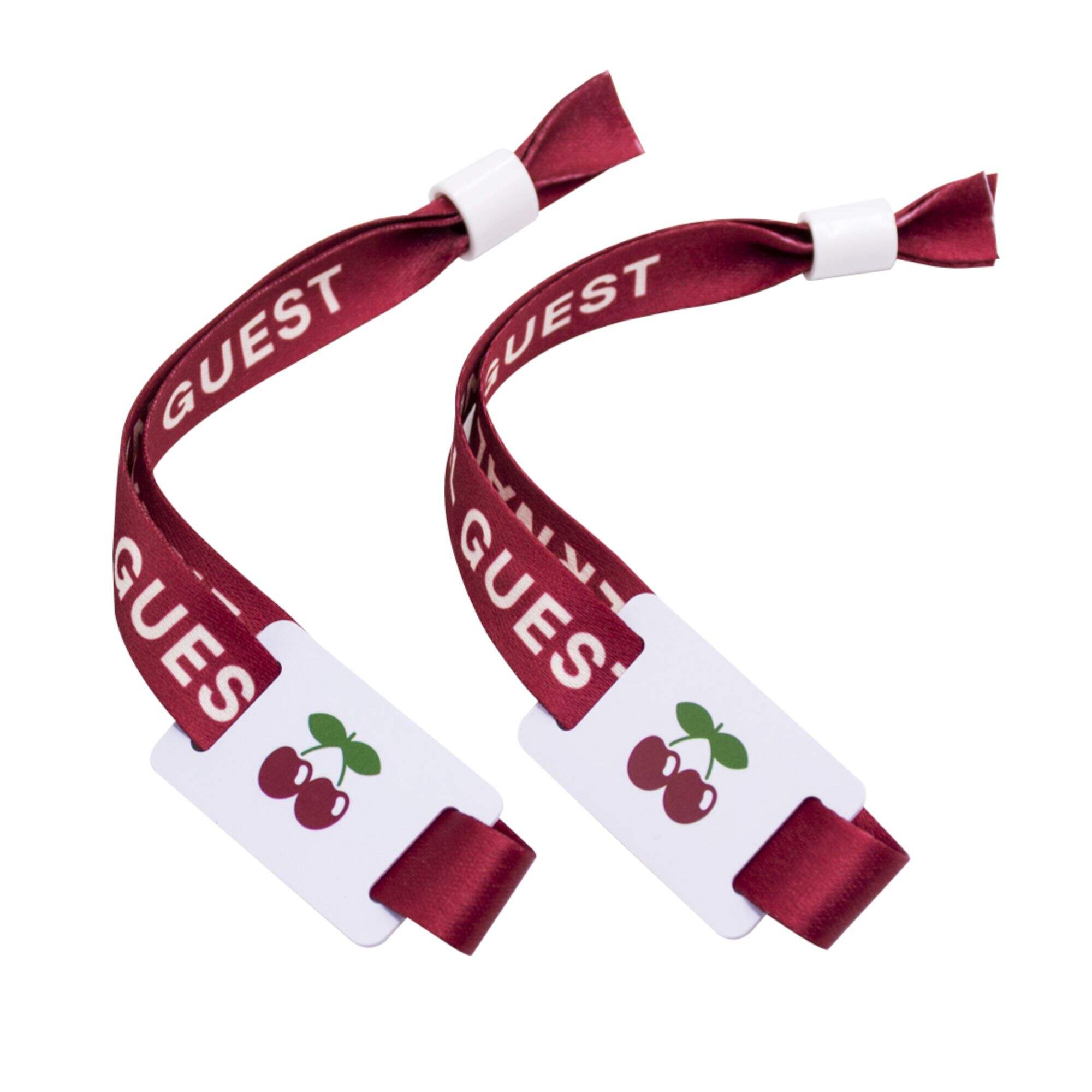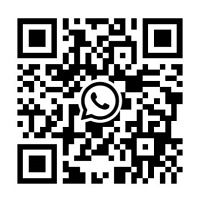Technical Features of RFID Bracelets for Access Control
Core Components of RFID Bracelets for Access Control
RFID Chip Technology and Data Transmission
The heart of RFID bracelets lies in their chip technology, which allows them to communicate wirelessly by sending out radio signals that transfer information back and forth between the bracelet itself and whatever reader device is nearby. Inside each chip sits a special code that acts as a digital fingerprint, making it possible to track people or items accurately across different locations. As manufacturers keep improving these technologies, we're seeing smaller chips packed with more power than ever before. The latest models can now fit into jewelry while still maintaining fast response times when scanned at entry points or security checkpoints throughout facilities.
Durable Materials for Long-Term Wear
RFID bracelets come in materials such as silicone, vinyl or polyurethane because these stuffs hold up pretty well against regular wear and tear plus whatever environmental mess they might encounter. The tough RFID wristbands stand up to water splashes, hot temperatures and even some chemical exposure, so they work great at outdoor festivals just as much as inside hospitals where things get messy. Since they last so long before needing replacement, companies actually save money over time compared to cheaper alternatives that break down faster, especially important for sectors where staff need to wear them all day every day.
Reader Compatibility and Frequency Standards
RFID tech comes in different flavors depending on what frequency band it works on. We're talking about Low Frequency (LF) at the lower end, then High Frequency (HF), and finally Ultra High Frequency (UHF) which sits at the top of the spectrum. When it comes to getting RFID bracelets to work properly with their readers, matching frequencies matters a lot. People working with these systems need to know which standards apply where. Most experts will tell anyone running big operations that UHF RFID is usually the way to go. Why? Because these systems can read tags from much farther away and do so faster than other options. That makes them perfect for places like stadiums or convention centers where quick, reliable access control across large areas is absolutely critical.
Security Features in RFID Wristband Systems
Tamper-Evident Closure Mechanisms
RFID wristbands need good tamper proof closures if they're going to stop people from getting in without permission. These closures show when someone tries to mess with them, which makes all the difference for security. Events like music festivals or sports games really depend on this kind of protection because keeping track of who's allowed in matters a lot. Studies have shown that when event organizers put these anti tampering features in place, there are fewer cases where people bypass security completely. The whole point is that anyone trying to alter or remove the wristband leaves behind clear evidence. Security teams then know exactly where to focus their attention when something looks off, making it much harder for bad actors to slip through undetected.
Encryption Protocols for Data Protection
Encryption protocols including AES or Advanced Encryption Standard along with RSA Rivest-Shamir-Adleman are really important for keeping data safe on those RFID wristbands. These security measures basically scramble the information so nobody can read it without having the right decryption key. For businesses in sectors like healthcare where RFID tech handles lots of confidential stuff, following rules set out by GDPR and HIPAA isn't just good practice it's absolutely necessary. The healthcare industry relies heavily on these wristbands for tracking everything from patient medical histories to who enters restricted areas during events. Research shows time and again that strong encryption methods prevent data leaks and protect both personal details and operational records from falling into wrong hands.
Real-Time Tracking Capabilities
RFID wristbands with real time tracking let businesses keep tabs on people and things pretty accurately these days, usually with GPS built right in. The constant stream of location info really helps operations run smoother at events and hospitals where staff need to know where everyone and everything is going. Take concerts for instance - organizers can spot crowd bottlenecks before they become disasters. According to industry reports, companies using this tech see about 30% better resource handling across different fields. Hospitals report faster patient check-ins while warehouses track inventory movements down to the minute. For many businesses looking to cut costs without sacrificing service quality, investing in RFID tracking makes both financial and practical sense.
Customization Options for RFID Access Control
Color and Pattern Personalization
When it comes to RFID wristbands, customizing them with different colors and patterns really boosts brand recognition and keeps people engaged at events. Event planners know that picking the right mix of hues and designs creates something distinctive that stands out from other events. These customized wristbands look good and serve practical purposes too. Take festivals for example most organizers have seen attendance go up around 20% when they use bright, eye-catching RFID bands. Good design matters because attendees remember the event better and talk about it afterward. A well-designed wristband isn't just decoration it becomes part of the overall experience and helps build stronger connections between brands and their audiences.
Variable Data Printing (Barcodes/Serial Numbers)
Printing variable data onto RFID wristbands makes sure each band gets its own special ID code, which really helps with tracking people around and keeping things secure. When we put barcodes or serial numbers on them, event organizers can control who comes in where at big events like concerts or football matches. Hospitals find this useful too for matching patients with their records correctly. Beyond just being functional though, these customized wristbands look better too when they have individual information printed right there on them. People actually notice the difference, so reliability goes up while users get a much better experience overall. That's why companies keep finding new ways to adapt these wristbands for different situations across industries.
Buckle Type Selection for Different Use Cases
Picking the correct kind of buckle for RFID wristbands really matters when it comes to meeting particular needs and fitting various situations. Snap buckles, adjustable ones, and other types all make a big difference in how comfortable they are to wear, how secure they stay on, and how long they last overall. When matching buckles to where they'll be used makes sense too. Medical facilities often go with snap buckles because they're quick to fasten and remove, while event organizers tend to prefer adjustable versions since attendees come in all shapes and sizes. Some studies show organizations that take time to pick the right buckle style see around 30% better satisfaction rates from users. This small detail actually plays a significant role in making sure these wristbands work well across different settings without causing frustration down the road.
RFID With Chip Bracelet: Technical Specifications
Disposable vs Reusable Buckle Configurations
Getting the difference between disposable and reusable buckle setups matters a lot when trying to keep costs down with RFID wristbands. The disposable kind works best at one-time events since they're simple to take off and not likely to be used again, which helps maintain security without hassle. On the flip side, reusable buckles make sense for events that happen regularly. They last longer and save money in the long run despite higher upfront costs. Some studies indicate that picking the right type of buckle can cut overall RFID wristband spending nearly in half. This makes good business sense because it balances what actually works with what saves cash on the bottom line.
High-Fidelity Printing for Detailed Identification
High fidelity printing tech makes all the difference when it comes to RFID wristbands, especially where security matters most. Clear, accurate printing ensures that identification details stand out, which cuts down on confusion and mistakes during critical operations. Security professionals know this well because even small print errors can lead to major problems in access control systems or event management scenarios. The better the print quality, the smoother everything runs from check-in processes to tracking movements throughout facilities. Industry insiders consistently point to quality printing as a must-have feature, since good prints enhance security measures while making wristbands work better for tasks like inventory tracking or personnel monitoring in real time situations.
Custom Packaging Solutions for Bulk Orders
When it comes to RFID wristbands, custom packaging really makes a difference in how products look and stay safe during shipping. Companies get a lot out of these made-to-order boxes beyond just looking good. They actually help with getting bulk orders organized better too. Many businesses find that when they go for custom packaging instead of generic stuff, their inventory becomes easier to manage and expenses drop over time. The visual aspect matters as well since nobody wants to hand someone a wrinkled or damaged wristband at events. Some industry reports show that companies using special packaging for their RFID gear tend to be recognized more often by customers, which definitely helps stand out against competitors in crowded markets where first impressions count.
Industry Applications of RFID Access Bracelets
Event Management and Crowd Control
RFID wristbands are changing how events run smoothly when it comes to managing crowds and getting people in and out efficiently. Event planners report seeing much shorter lines at entry points, sometimes cutting waiting time down by around 40% according to industry reports. This makes a big difference for everyone involved, keeping things flowing better and guests happier throughout the day. Beyond just entry control, these bands let organizers keep tabs on who's coming and going, giving them actual data points that help plan future events smarter. What really stands out though is how RFID tech handles security aspects too. The system tracks where attendees actually go during an event in real time, so staff can spot any unusual movements quickly and respond appropriately. For large gatherings especially, this kind of visibility makes all the difference between chaos and controlled environments.
Hospitality Sector Room Access Solutions
RFID wristbands are transforming how hotels handle guest convenience and security these days. Most properties now use them instead of traditional keys, which cuts down on lost key problems somewhere around 70% according to hotel managers we've spoken to. Beyond just getting into rooms without fumbling for keys, these systems let staff know when guests arrive at their door or enter common areas. Some upscale resorts even customize welcome messages based on what guests ordered during previous stays. The tech saves time for front desk staff who no longer need to replace lost keys constantly. While not every hotel has jumped on board yet, those that have generally see better guest satisfaction scores and fewer complaints about check-in delays. For budget-conscious operators looking to upgrade without breaking the bank, RFID remains one of the most cost-effective investments available today.
Healthcare Patient Tracking Systems
RFID wristbands are changing how hospitals track patients, making things safer and running operations better overall. With these bands on patients' wrists, doctors and nurses can get instant access to medical records right at the bedside, which cuts down on mistakes and makes everyone happier. Hospitals that have switched to RFID report around 30% fewer mix-ups when identifying patients, according to recent studies. The real win here is for both staff and patients alike. Nurses spend less time hunting for charts and more time actually caring for people, while patients receive treatment faster and with greater accuracy. As clinics and hospitals keep pushing for higher standards in care delivery, these little plastic bands attached to wrists are becoming essential tools in the fight against medical errors and inefficiencies.
 EN
EN
 AR
AR
 HR
HR
 CS
CS
 DA
DA
 NL
NL
 FI
FI
 FR
FR
 DE
DE
 EL
EL
 HI
HI
 IT
IT
 JA
JA
 KO
KO
 PL
PL
 PT
PT
 RU
RU
 ES
ES
 SV
SV
 TL
TL
 ID
ID
 SR
SR
 SK
SK
 SL
SL
 VI
VI
 HU
HU
 TH
TH
 TR
TR
 FA
FA
 AF
AF
 MS
MS
 IS
IS
 HY
HY
 BN
BN
 LO
LO
 LA
LA
 MN
MN
 MY
MY
 KK
KK
 UZ
UZ




